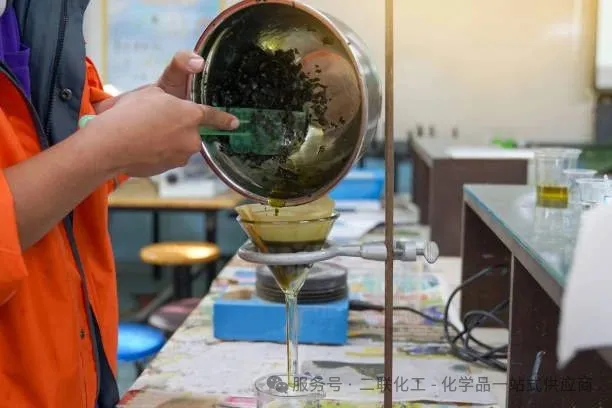
In the gold mining industry, the sodium cyanide leaching process has long been a cornerstone for extracting gold from ores. However, with the increasing demand for higher gold recovery rates and stricter environmental regulations, optimizing this process has become crucial. This article delves into the key aspects of optimizing the sodium cyanide leaching process to enhance gold recovery in gold mines.
The Basics of Sodium Cyanide Leaching
Sodium cyanide is a powerful leaching agent in gold extraction. In the presence of oxygen, it reacts with gold in the ore, forming a soluble gold - cyanide complex. The chemical reaction can be represented as: 4Au + 8NaCN + O₂ + 2H₂O = 4Na(Au(CN)₂) + 4NaOH. This complexation reaction allows the gold, often in a fine - grained or disseminated form in the ore, to dissolve into the solution, facilitating subsequent recovery.
Existing Challenges in the Sodium Cyanide Leaching Process
Inefficient Gold Dissolution
Factors such as the presence of certain minerals in the ore can impede the reaction between sodium cyanide and gold. For example, ores containing high levels of sulfides or carbonaceous materials can consume cyanide and oxygen, reducing the efficiency of gold dissolution. Additionally, if the particle size of the ore is not properly controlled, the surface area available for the reaction may be insufficient, leading to incomplete gold extraction.
High Reagent Consumption
In some cases, an excessive amount of sodium cyanide is used in an attempt to improve gold recovery. However, this not only increases the cost of reagents but also poses greater environmental risks. Unreacted cyanide in the leaching solution needs to be carefully managed to prevent environmental pollution.
Environmental Concerns
Sodium cyanide is highly toxic. Any leakage or improper disposal of sodium cyanide - containing solutions can have severe consequences for the environment, including harm to aquatic life, soil quality degradation, and potential risks to human health. Therefore, optimizing the process to minimize cyanide use while maintaining high gold recovery is essential for sustainable mining.
Optimization Strategies
Ore Pretreatment
1.Grinding and Classification
Proper grinding of the ore to an appropriate particle size can significantly increase the surface area for the cyanide - gold reaction. This allows for more efficient dissolution of gold. After grinding, classification techniques can be used to separate the ore particles into different size fractions, ensuring that the particles fed into the leaching process are within the optimal size range. For example, a study showed that reducing the ore particle size from an average of 50 mm to 15 mm in a particular gold mine increased the gold leaching rate by 15 percentage points.
2.Removal of Interfering Minerals
For ores with high levels of sulfides or carbonaceous materials, pretreatment methods can be employed to remove or reduce these interfering minerals. Oxidation processes, such as roasting or bio - oxidation, can be used to convert sulfide minerals into more soluble forms, reducing their cyanide - consuming capacity. Bio - oxidation, which uses microorganisms like Acidithiobacillus ferrooxidans, has been shown to reduce the cost of pretreatment by up to 30% in some cases.
Process Parameter Optimization
1.Cyanide Concentration Control
Determining the optimal concentration of sodium cyanide in the leaching solution is crucial. A proper concentration can accelerate the dissolution of gold. However, the relationship between cyanide concentration and gold dissolution rate is not linear. Extremely high concentrations may lead to increased reagent costs and environmental problems. Generally, the concentration of sodium cyanide in the leaching solution is controlled in the range of 0.05% - 0.1% in many operations. For ores with high levels of copper, zinc, or iron sulfides, which can compete with gold for cyanide, higher cyanide concentrations may be required, but this should be carefully balanced with cost and environmental factors.
2.pH Adjustment
Sodium cyanide is more stable and reactive in an alkaline environment. Maintaining the pH of the leaching solution in the range of 9 - 11 is typical in gold heap leaching. Adjusting the pH not only enhances the stability of sodium cyanide but also affects the solubility of other metal - cyanide complexes, improving the selectivity of gold extraction. For example, in some operations, adding lime to adjust the pH has been found to increase the gold recovery rate by 5 - 8 percentage points.
3.Leaching Time and Temperature
Finding the right balance between leaching time and temperature is essential. Longer leaching times can allow more gold to dissolve, but this also increases costs and may reduce production efficiency. Similarly, higher temperatures can accelerate the reaction rate, but there are limitations due to energy costs and potential impacts on the stability of the leaching system. By conducting experiments, the most suitable combination of leaching time and temperature can be determined for different types of ores. In some cases, increasing the temperature from ambient to 30 - 40°C and optimizing the leaching time from 48 hours to 36 hours has been shown to improve the overall efficiency of the cyanide leaching process.
Recovery and Recycling
1.Improved Gold Recovery Methods
After the gold has been dissolved in the cyanide solution, efficient recovery methods are needed. Techniques such as activated carbon adsorption, zinc dust replacement, and resin adsorption are commonly used. Activated carbon adsorption, for example, can achieve an adsorption rate of over 95% for gold - cyanide complexes. By optimizing the design and operation of the adsorption system, such as using multiple - stage adsorption columns and controlling the flow rate of the leaching solution, the recovery of gold can be further enhanced.
2.Cyanide Recycling
Recycling cyanide from the tailings solution can significantly reduce reagent costs and environmental risks. Technologies such as ion - exchange resins and membrane separation can be used to recover and recycle cyanide. Some gold mines have successfully implemented cyanide recycling systems, reducing their cyanide consumption by 30% - 40%.
Case Studies of Optimization Success
1.Tibet Gold Mine
A gold mine in Tibet, which processed oxidized ore with a grade of 1.2 g/t, optimized its process. After crushing the ore to - 20 mm and then subjecting it to heap leaching with a sodium cyanide dosage of 0.5 kg/t, the gold recovery rate reached 78%. This was a significant improvement compared to the previous process.
2.Australian Heap Leach Project
The Australian Heap Leach Project adopted a combined process of granulation and heap leaching. By adding cement or lime binders to granulate the ore, the permeability of the ore heap was improved, especially for fine - grained and clay - rich ores. As a result, the gold recovery rate was increased to 82%, demonstrating the effectiveness of process optimization.
Conclusion
Optimizing the sodium cyanide leaching process is essential for enhancing gold recovery rates in gold mines. By addressing challenges such as inefficient gold dissolution, high reagent consumption, and environmental concerns through strategies like ore pretreatment, process parameter optimization, and improved recovery and recycling methods, gold mines can achieve higher economic benefits while minimizing environmental impacts. The successful case studies from around the world serve as examples of how these optimization strategies can be effectively implemented to improve the overall performance of the gold mining industry.
- Random article
- Popular articles
- Popular comments
- Copper Ore Partial Mixed Flotation Process
- Carbon leaching beneficiation process for gold mines
- Gravity combined beneficiation process for wolframite ore
- Lead zinc ore mixing+separation flotation process
- Effective Gravity Beneficiation for Chromium Ore
- Effective antimony ore gravity separation method
- Manganese ore washing to achieve the best results

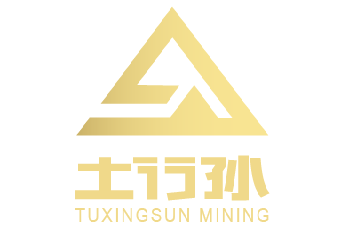

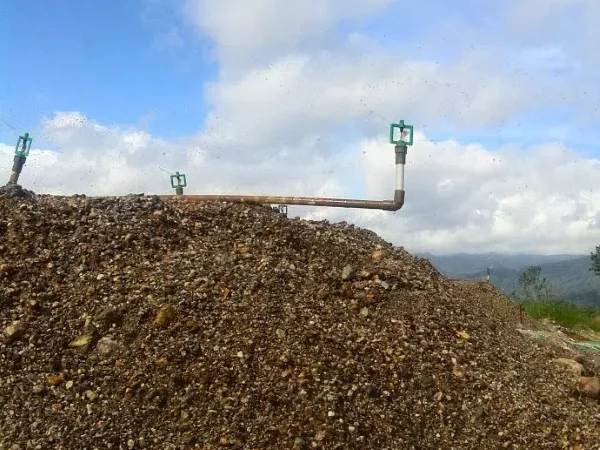
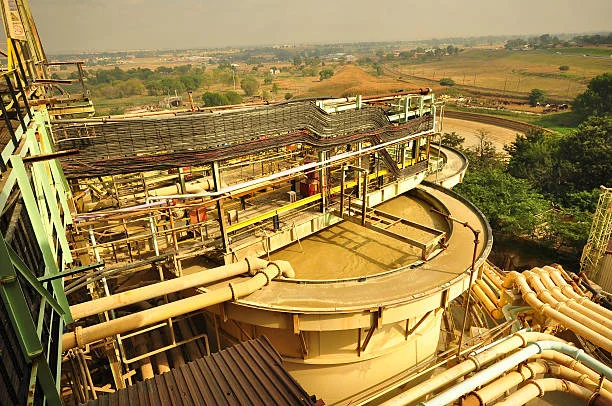

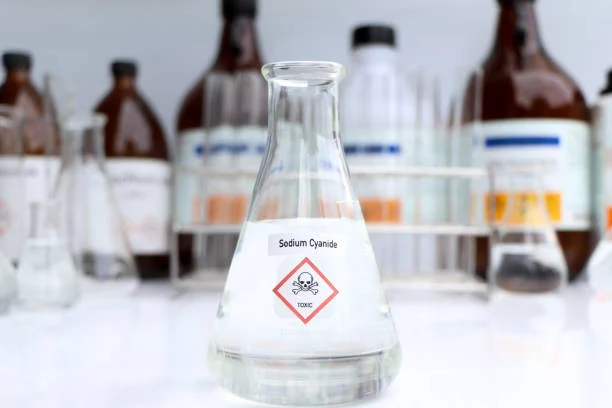
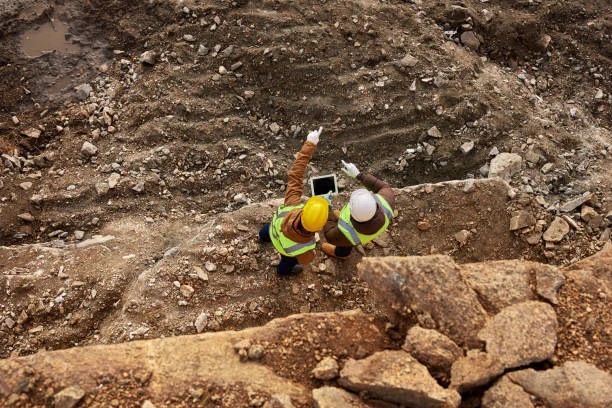
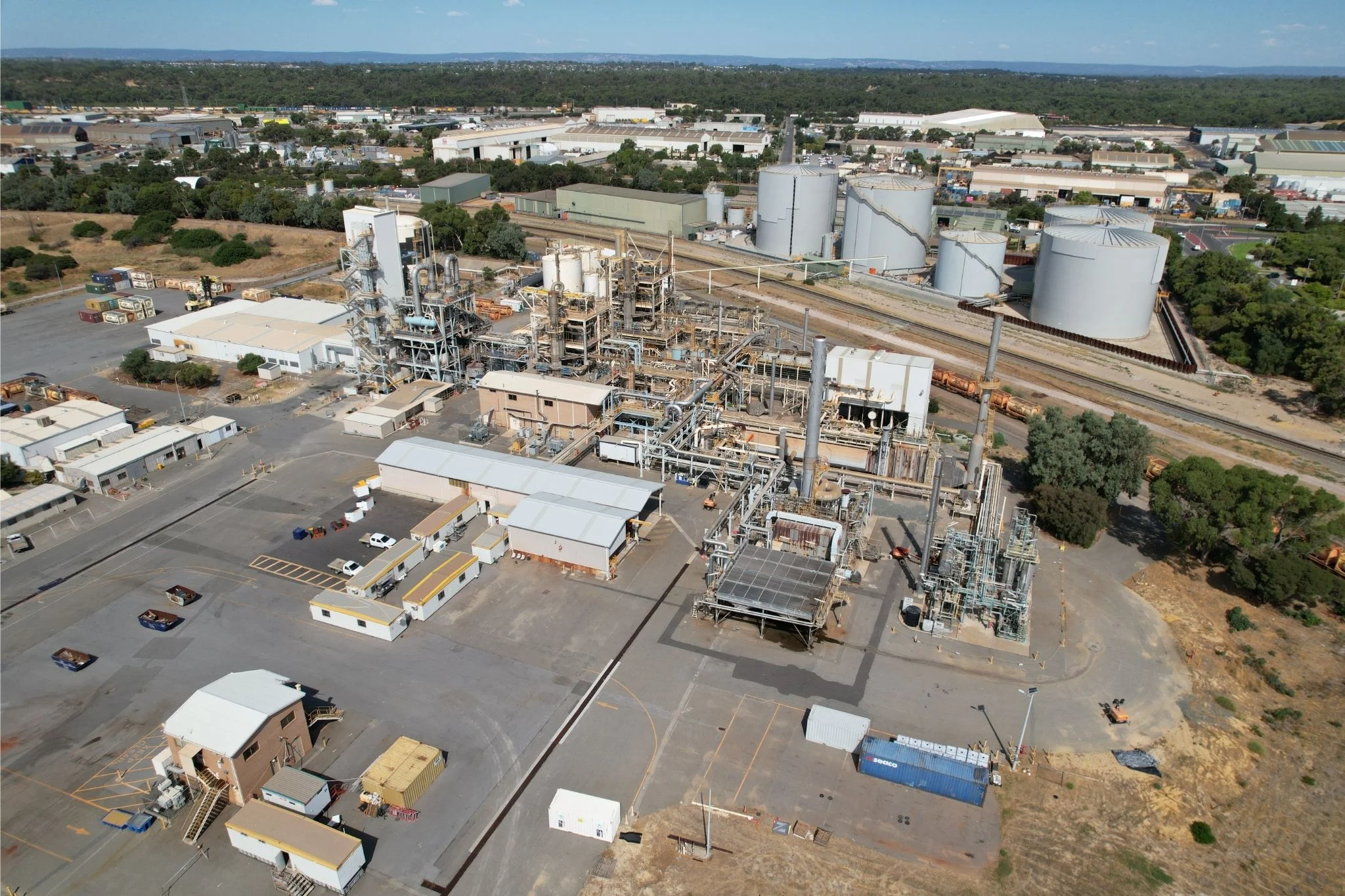
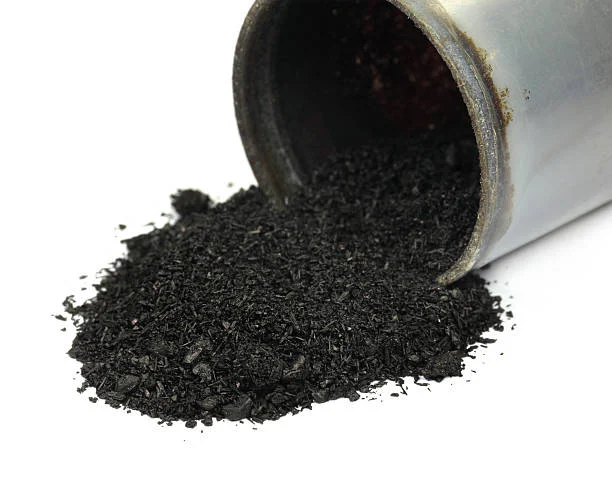
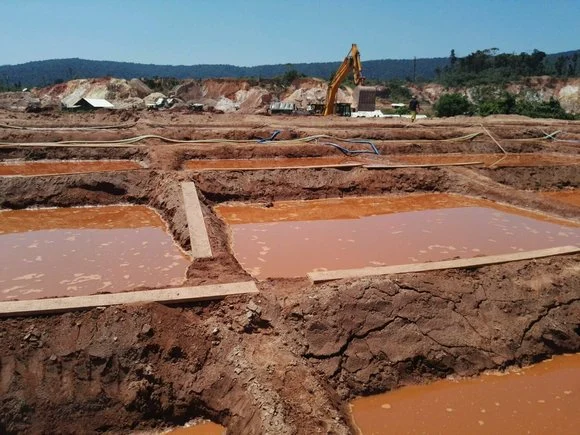
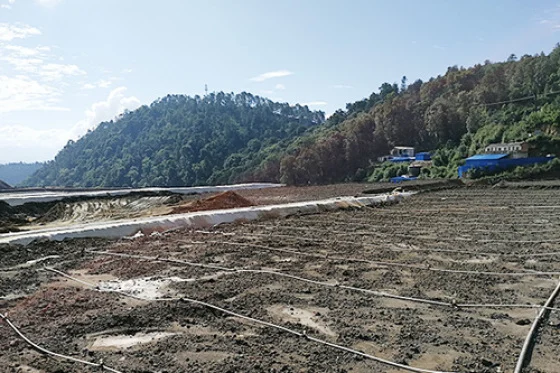
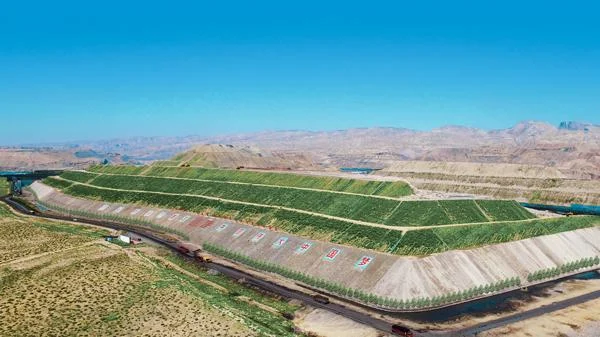

Leave a message with your needs or comments
Add comment: